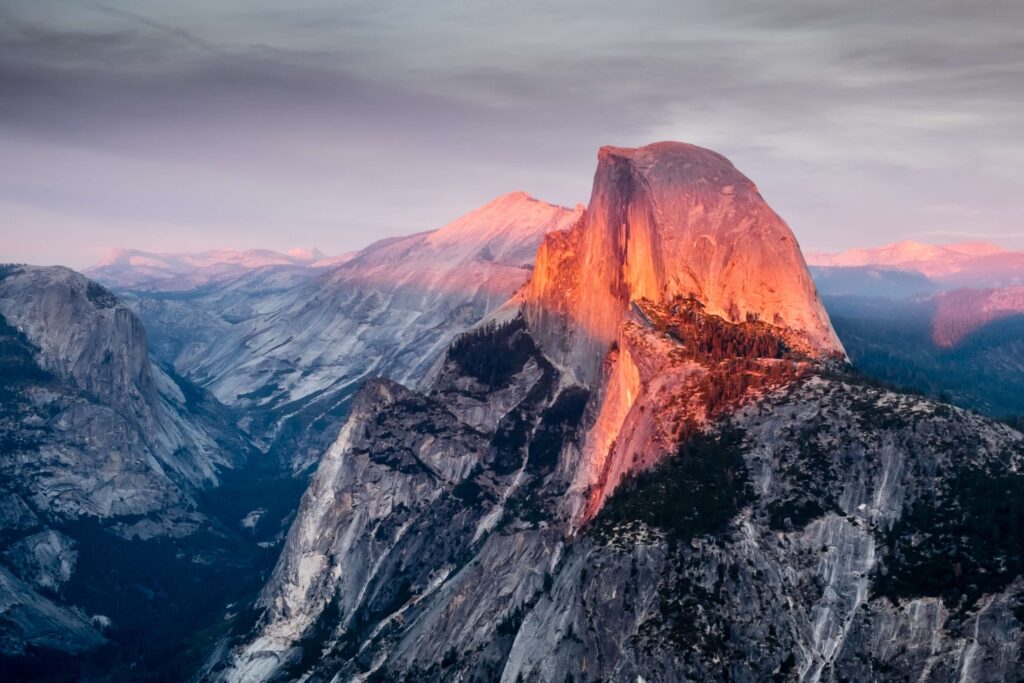From digital navigation to campground data, the amount of information available at our fingertips is nearly limitless with the use of mobile phones. The ROUTE 66 RV Network has stifled through the search results and pulled together a list of helpful travel resources available. Check out our list of online resources for RVers below!
Road Trip Navigation
The days of paper maps are over and it’s important to have the proper resources at the ready when out on the road. Take a look at these different online maps and driving direction websites to assist you during your next road trip.
Health & Wellness
Unexpected health emergencies can happen while out camping or on the road, and sometimes you don’t always know where the nearest hospital or urgent care is located. Check out these directories and locators the next time you need to find medical help near you!
Campgrounds & Parks
An RV trip allows you and your family to explore the great outdoors! From coast-to-coast, in the woods or by the ocean, the scenic views are breathtaking. Check out these resources for information on national parks, state parks, dog-friendly campgrounds, and more.
- National Park Service
- State Parks
- Campground & RV Park Review
- Dog-Friendly Campgrounds
- Canadian Campgrounds
- Find Your Park
- Camp Ground Views
Travel Guides & Trip Planning
Are you setting off on a spontaneous road trip? Have you been planning for your family vacation all year, but are still looking for some trip ideas? Take a look at these guides to different places to travel to and visit with your whole family on your next road trip!
States Along Route 66
If you are planning to travel along the historic U.S. Route 66, check out the eight amazing states along the way and what they have to offer. You will find that each state has one-of-a-kind roadside attractions that are sure to pique the interest of your adventure crew.
For more RV travel inspiration, tips, and tricks, check out our complete lineup of recent blogs!






